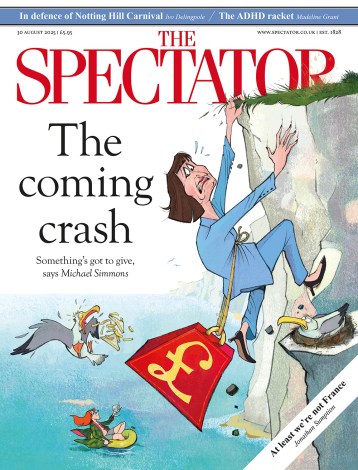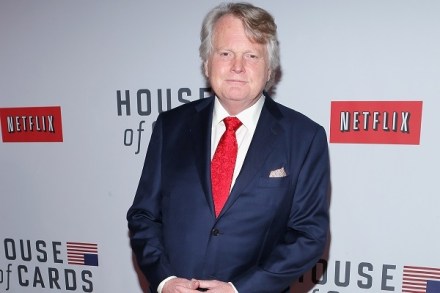Weeknd’s world
There was something vaguely disappointing about seeing Abel Tesfaye appear on stage at London’s Electric Ballroom. A wide-eyed, puffa-jacket-clad figure isn’t what you expect from his enigmatic alter-ego ‘The Weeknd’ — it seemed incongruous that we should watch this self-styled introvert performing to an audience. At 23 years old, Tesfaye (aka The Weeknd) has released three mixtapes, achieved eight million downloads and, this year, completely sold out his British shows. His reputation is growing as people are drawn in by his distinctive, falsetto tones. The Weeknd’s first online mixtape ‘House of Balloons’ and subsequent albums took the internet by storm. Now, with increasing popularity, his enigmatic internet presence is also
















